Upsized and restored photos from lost original Ash Meadows series photos
Ash Meadows National Wildlife Refuge
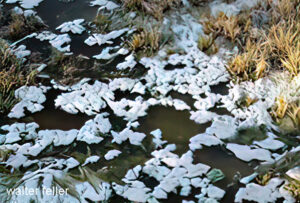
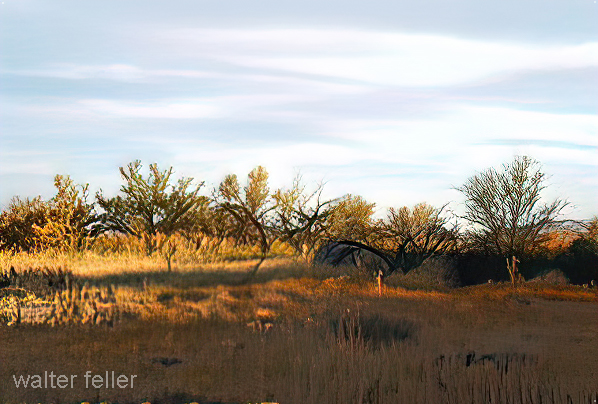
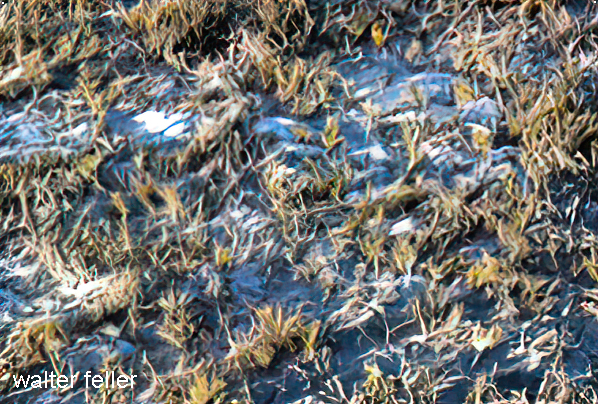
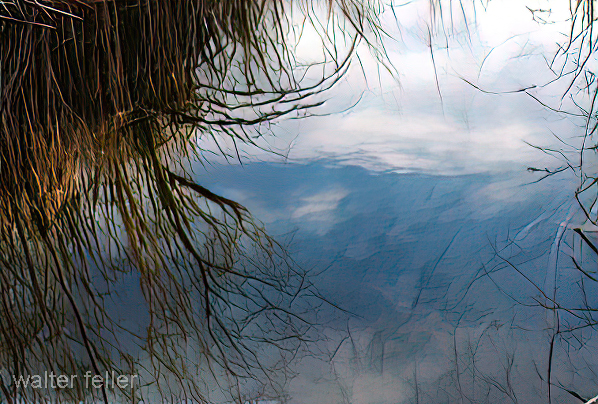
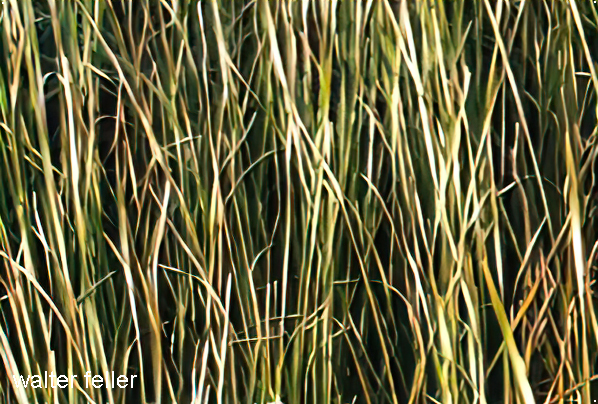
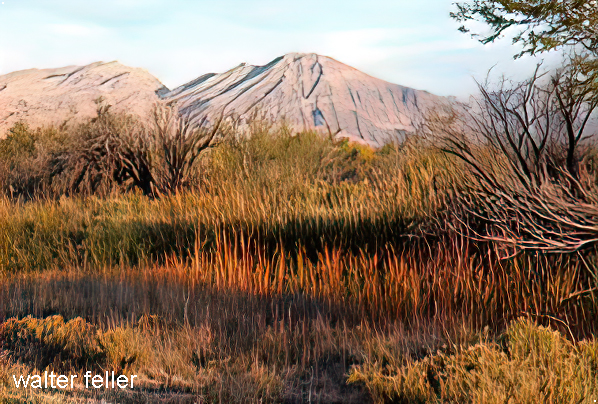
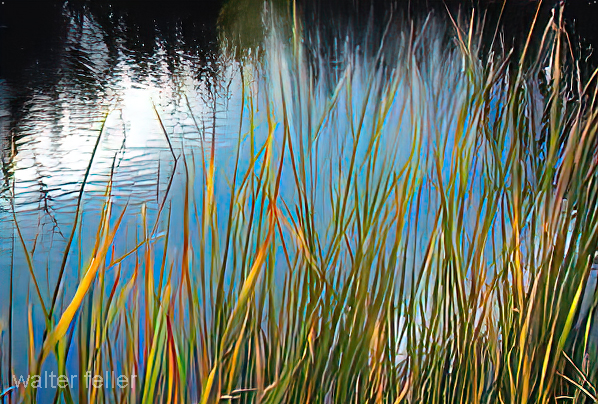
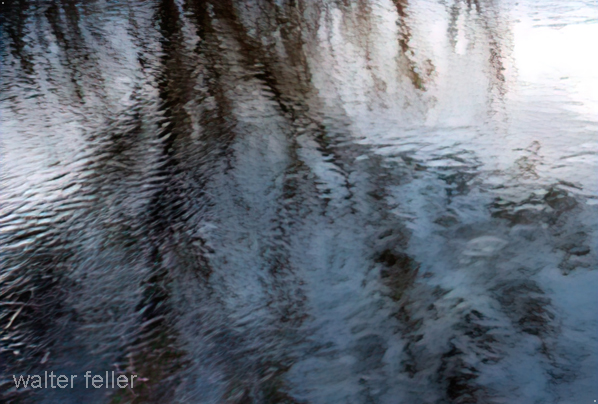
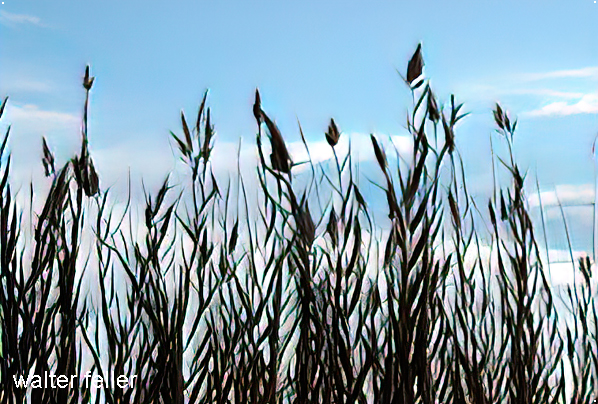
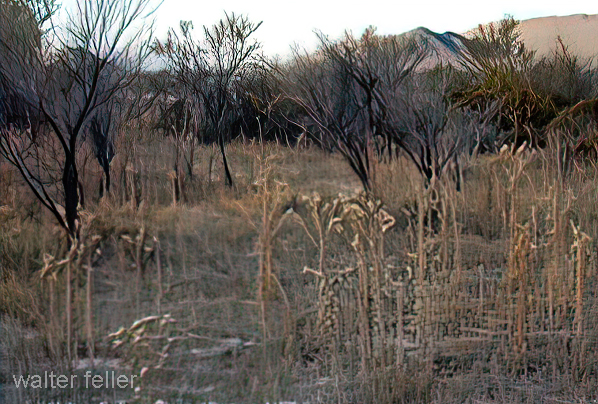
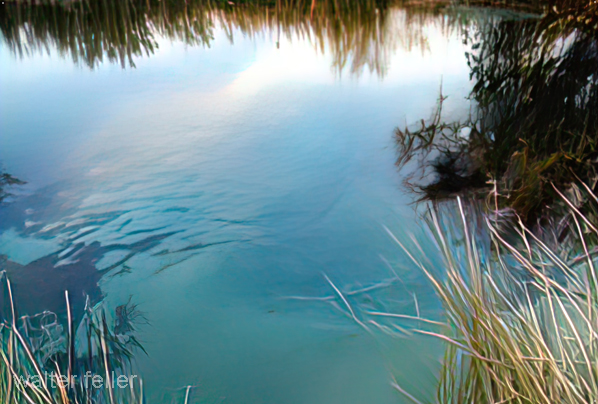
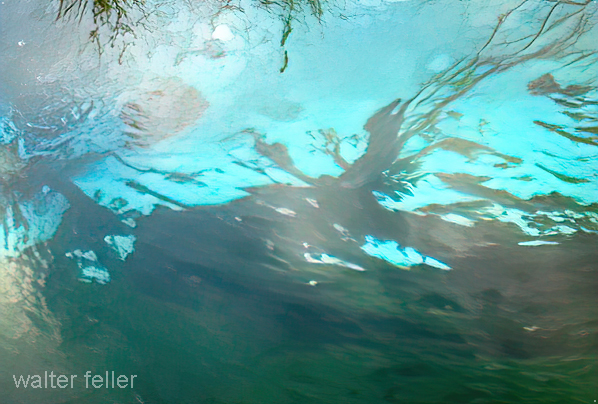
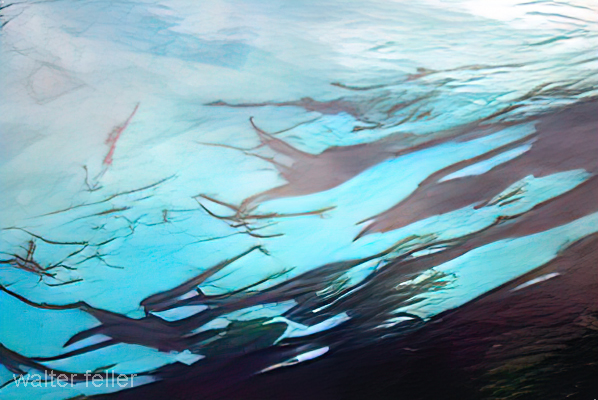

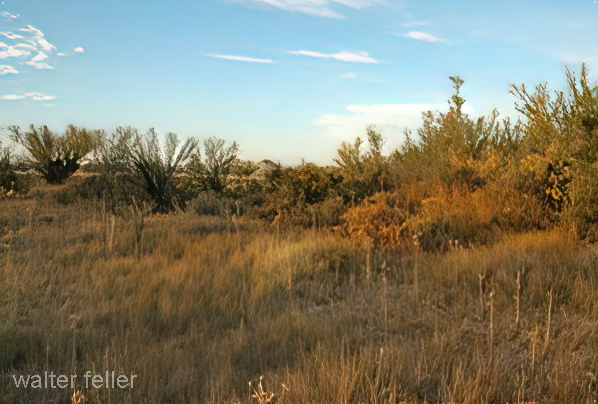


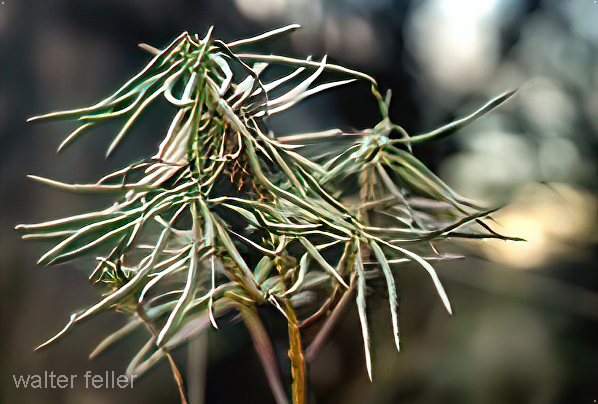


Los Angeles Herald Examiner Photo Collection
Howell, E. Bruce – 1974

Photograph caption dated April 3, 1974 reads, “Shy desert tortoise curls up inside his shell on top of a groove left in desert sand by motorcycle on the Stoddard Valley off-road vehicle racing area of Barstow. Already legally protected as an endangered species, environmentalists and scientists say the threat is heightened along with other desert life by off-road vehicle activities.”
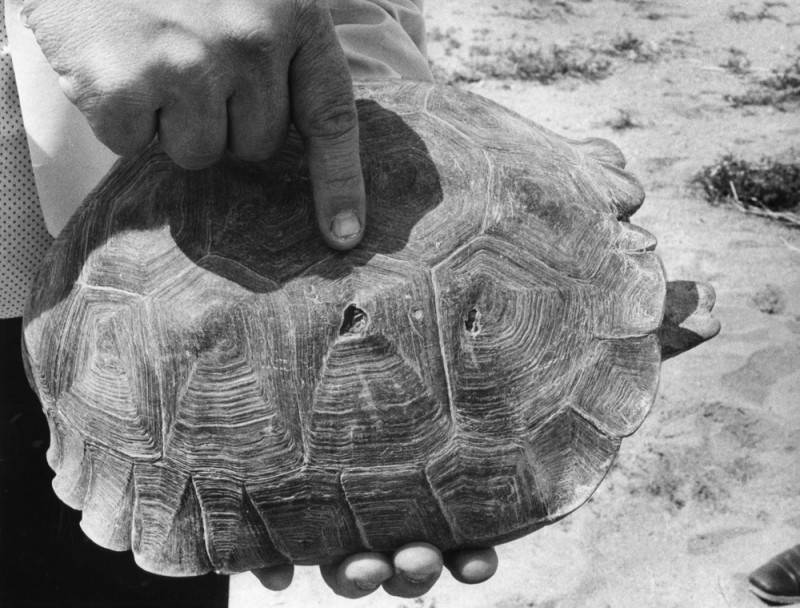
Photograph caption dated April 3, 1974 reads, “Environmentalist group that recently toured the Mojave Desert to show evidence of damage done by indiscriminate use of off-road vehicle say they believe holes on this live desert tortoise shell were caused by bullets.”
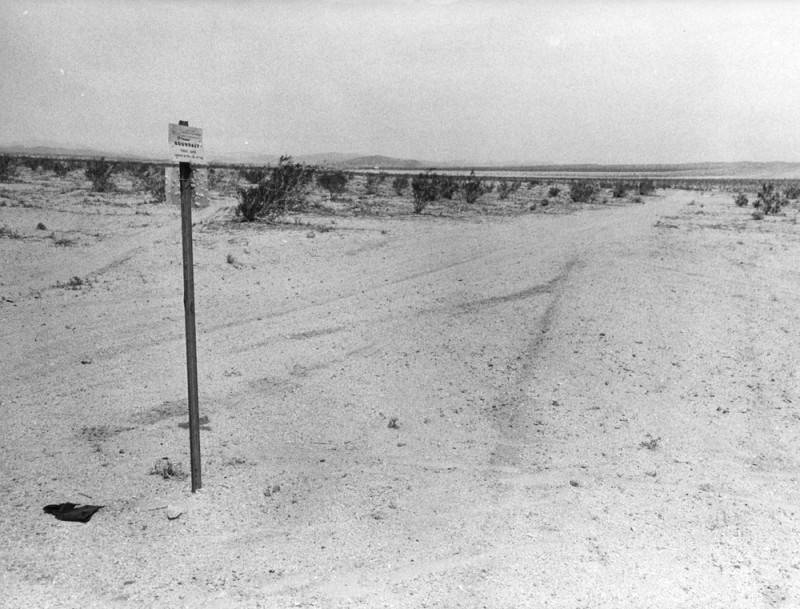
Photograph caption dated April 3, 1974 reads, “Tiny marker planted in Mojave Desert at Stoddard Valley, marks U.S. Bureau of Land Management boundary separating approved off-road vehicle race course from a restricted area. Heavy tire tracks on both sides of marker indicate that such markers are virtually ignored, except by desert visitors with guns, who have riddled them with bullets.”
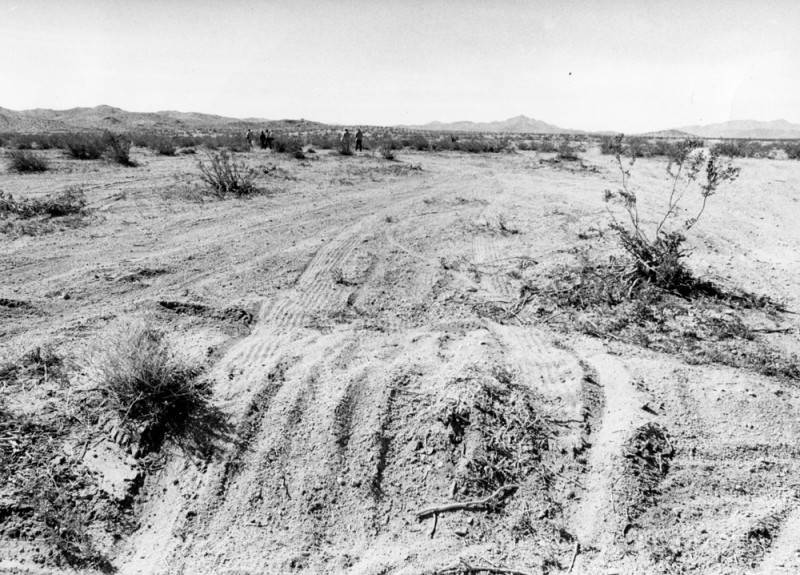
Photograph caption dated April 3, 1974 reads, “Stoddard Valley on Mojave Desert near Barstow, despite its vast openness is a continuous maze of off-road vehicle tire tracks. Federal plan for managing off-road vehicle use on desert has left it open for off-road vehicle races and closed other areas. But environmentalists and scientists say regulations for restricted areas are too vague and open to this kind of damage.”
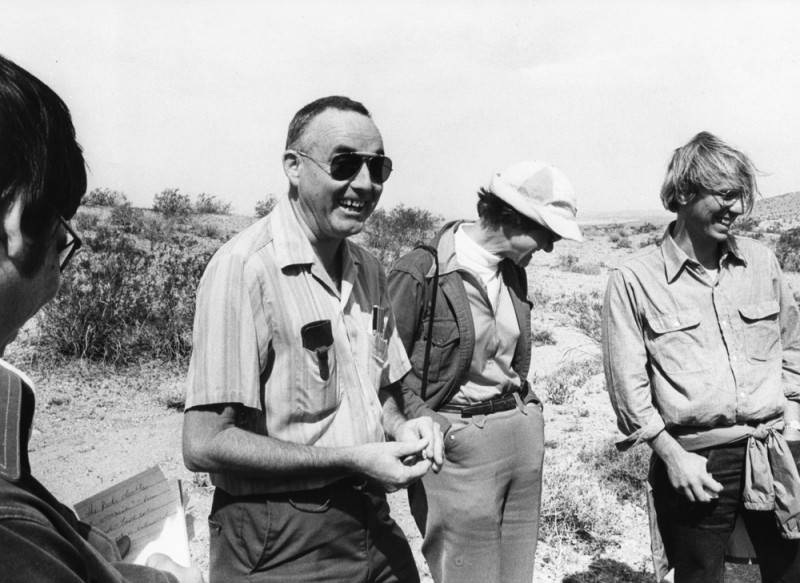
Photograph caption dated April 3, 1974 reads, “These people seek to defend the vast Mojave Desert from a federal program that regulates off-road vehicles. They claim regulations are vague, unenforceable, and could open the desert to extensive off-road vehicle damage. From left are UC Riverside professors Bill Mayhew, zoology; Sylvia Broadbent, anthropology; and Richard E. Gutting, Jr., attorney for Environmental Defense Fund.”
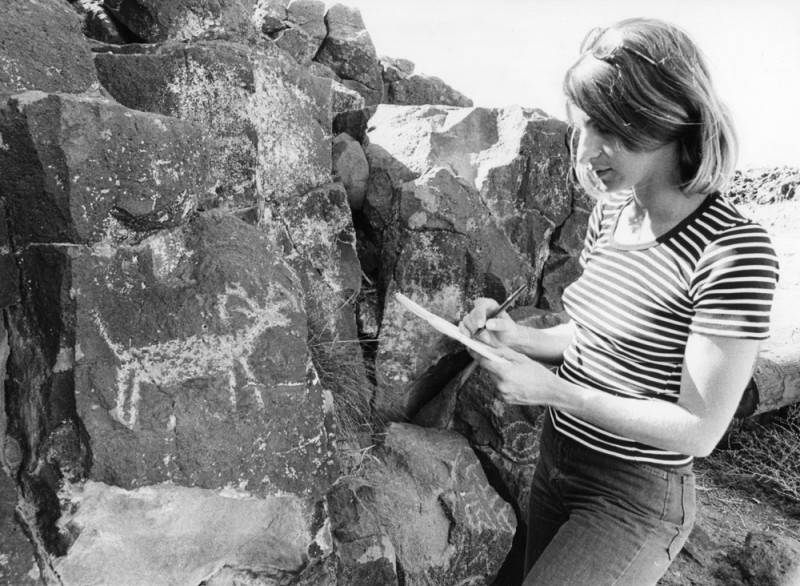
Photograph caption dated April 3, 1974 reads, “Judith Winder, staffer for Environmental Defense Fund, sketches petroglyph of longhorn sheep from rock in Inscription Canyon.”
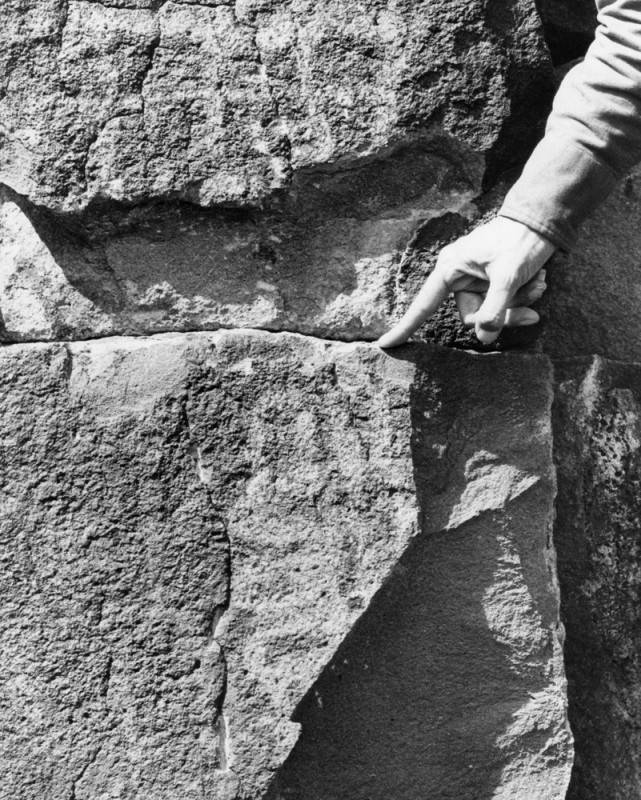
Photograph caption dated April 3, 1974 reads, “Hand of UC Riverside anthropology professor, Sylvia Broadbent, points out recent chisel mark at bottom of a chipped out section of volcanic rock which had an ancient Indian carving on it. Such damage to antiquities, which is widespread in the Mojave Desert is illegal. This damage was in Inscription Canyon near Barstow.”
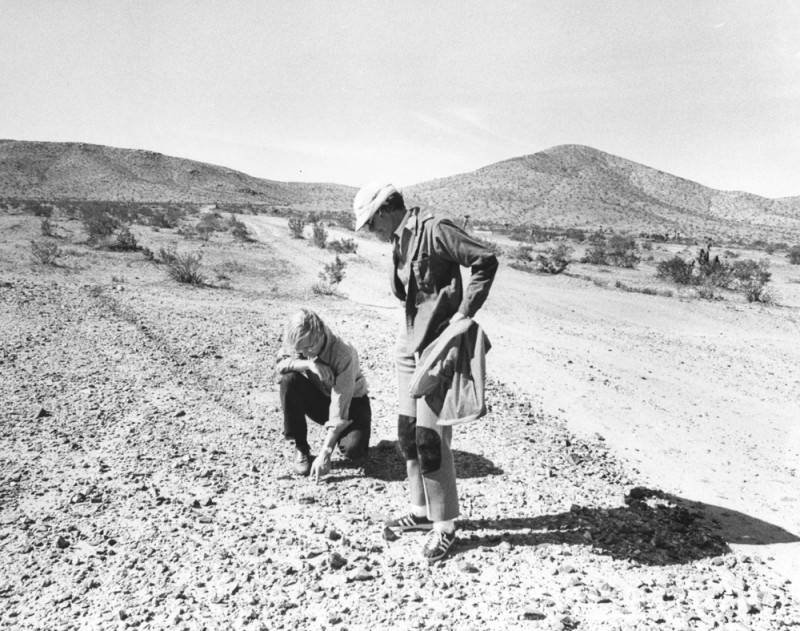
Photograph caption dated April 3, 1974 reads, “Richard E. Gutting, Jr., kneeling, attorney for Environmental Defense Fund, and UC Riverside anthropology professor Sylvia Broadbent, examine off-road vehicle dislocation of ‘desert pavement,’ a dark, rocky covering on desert floor which takes thousands of years to form but is important to the natural balance of desert life. Light swath was made by off-road vehicle race.”
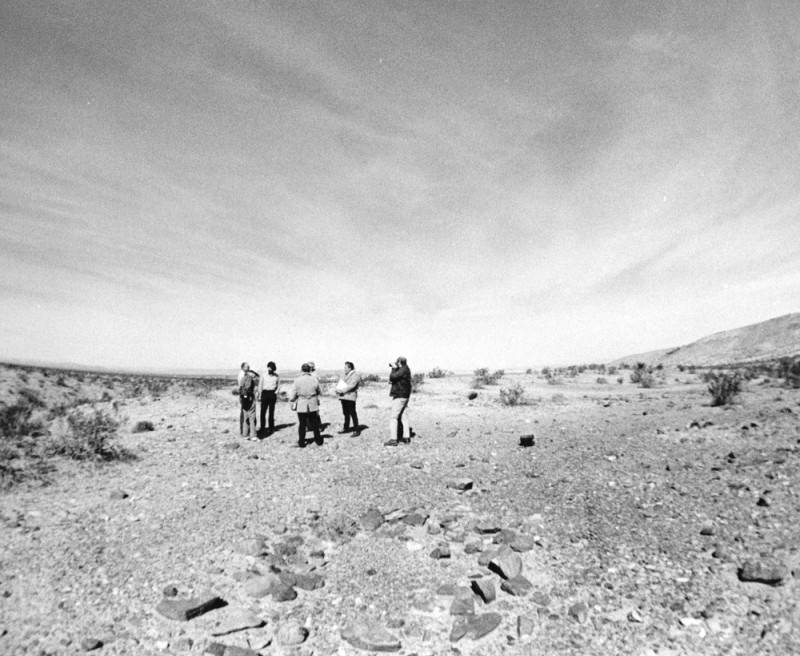
Photograph caption dated April 3, 1974 reads, “Off-road vehicle race course touring party gathers at scene of ancient Indian sleeping circle (foreground), a circular formation of larger rocks in midst of small ones, which anthropologists say were foundations for shelters built by prehistoric Indians. All such sites, they assert, should be protected.”
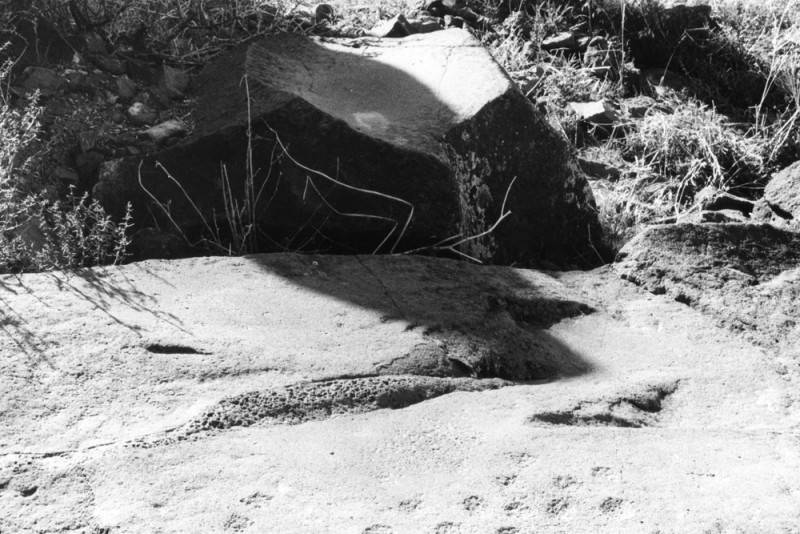
Photograph caption dated April 3, 1974 reads, “Not just ordinary boulders, these, according to Dr. Sylvia Broadbent, UC Riverside anthropology professor, who said there is no question that the slightly concave rock in the upper half of photo was worn that way by ancient Indians grinding grain and marks on the surface of the rock in the lower photo were also made by the same Indians.”
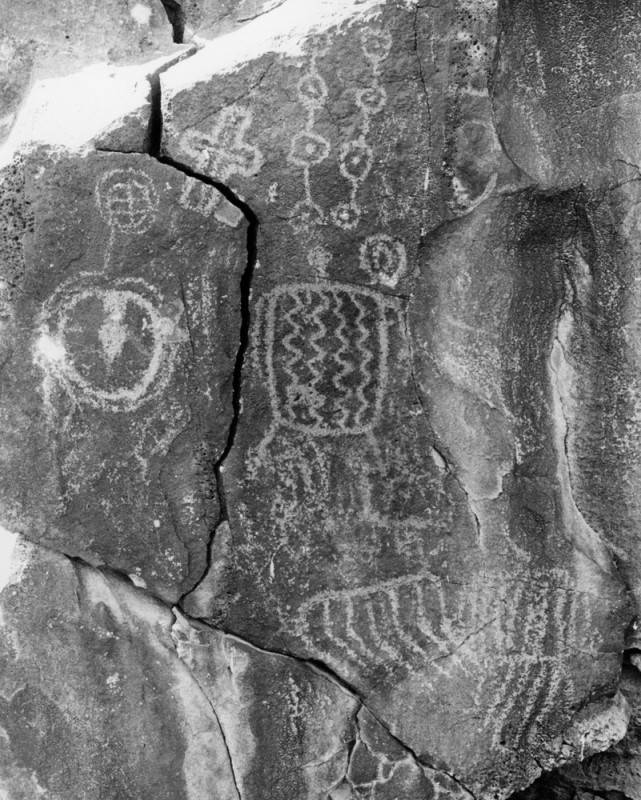
Photograph caption dated April 3, 1974 reads, “Petroglyphs, ancient Indian rock art, abound on the walls of Inscription Canyon near Barstow. Archaeologists look upon them as valuable keys to unlocking the secrets of prehistoric peoples who inhabited the vast Mojave Desert, but complain they are being destroyed by desert visitors at an alarming rate.”
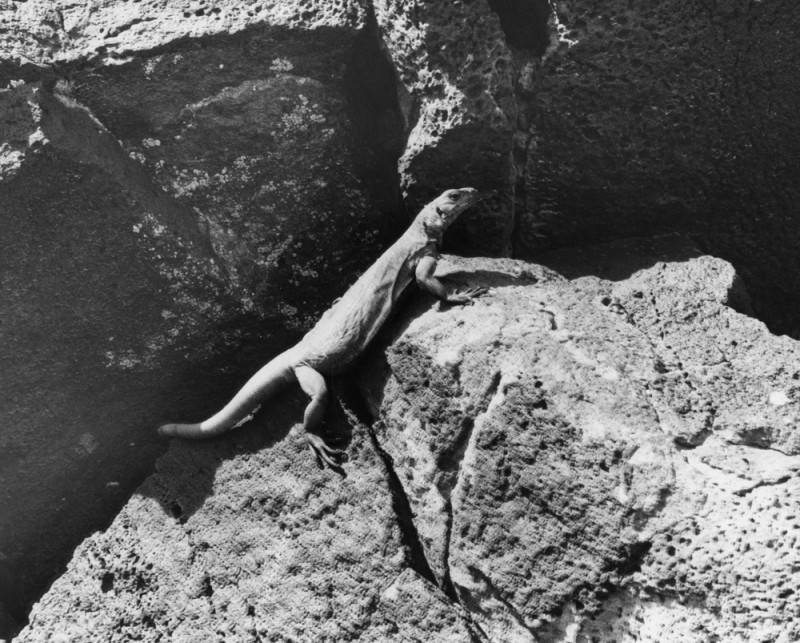
Photograph caption dated April 3, 1974 reads, “He calls the Mojave Desert ‘home.’ Desert lizard suns itself on dark, porous volcanic rock in Inscription Canyon. Same rocks are covered with ancient Indian petroglyphs, and rock art carvings, indicating the canyon may have been where Indians trapped and captured longhorn sheep and other desert game. The entire canyon is falling victim to vandals and souvenir hunters.”
Cajon Pass/Victor Valley Roads
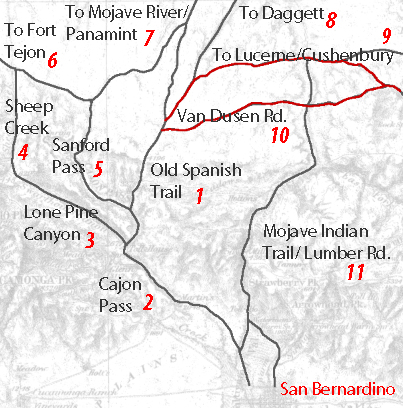
1 – Old Spanish Trail/Indian trail (1827)
2 – Cajon Pass (Lower) – Indian trail
3 – Lone Pine Canyon – Indian trail
4 – Sheep Creek – Indian trail
5 – Sanford Pass (c.1854-57)
6 – Fort Tejon – Indian trail
7 – to Mojave River – Indian trail
8 – to Daggett (c.1855)
9 – Lucerne/Cushenbury Lumber road
10 – Van Dusen/Holcomb Valley Road – (1862)
11 – Mojave Indian trail (c.1776, 1826)
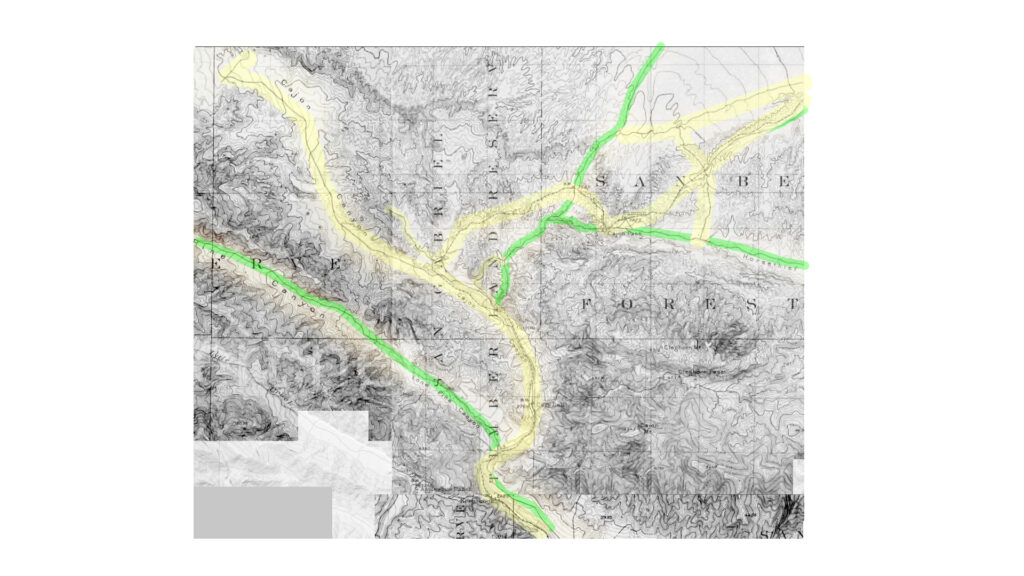
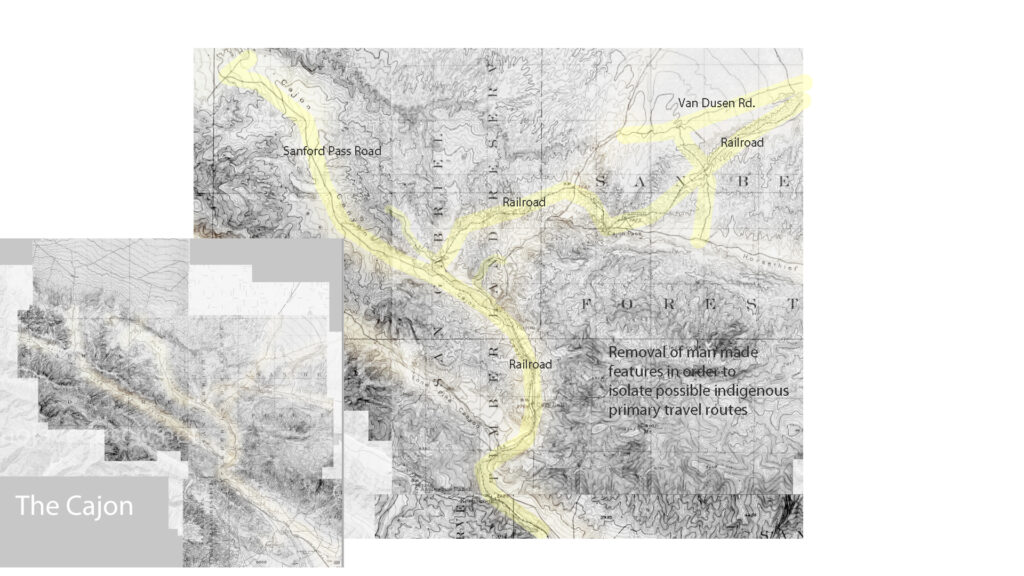
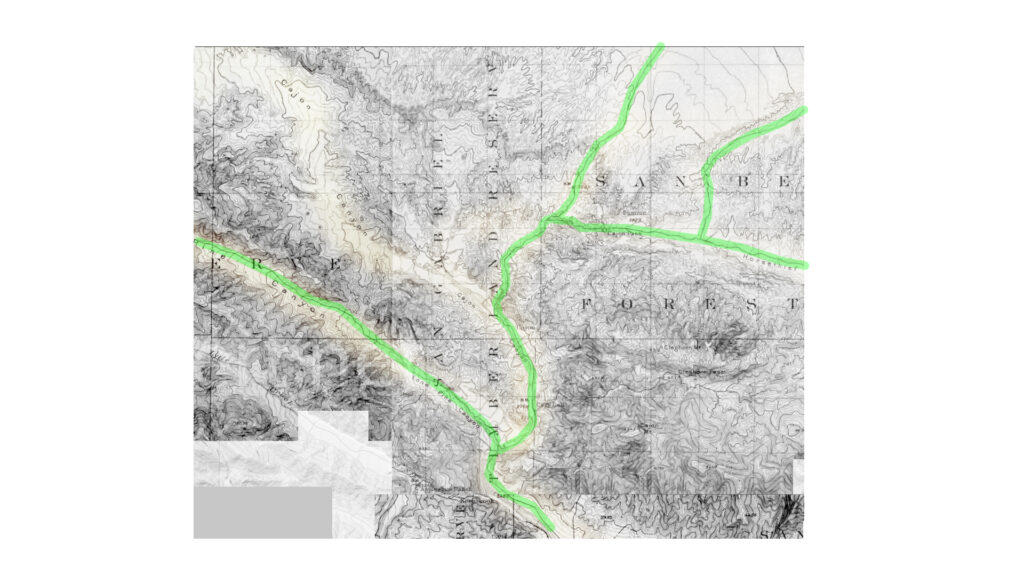
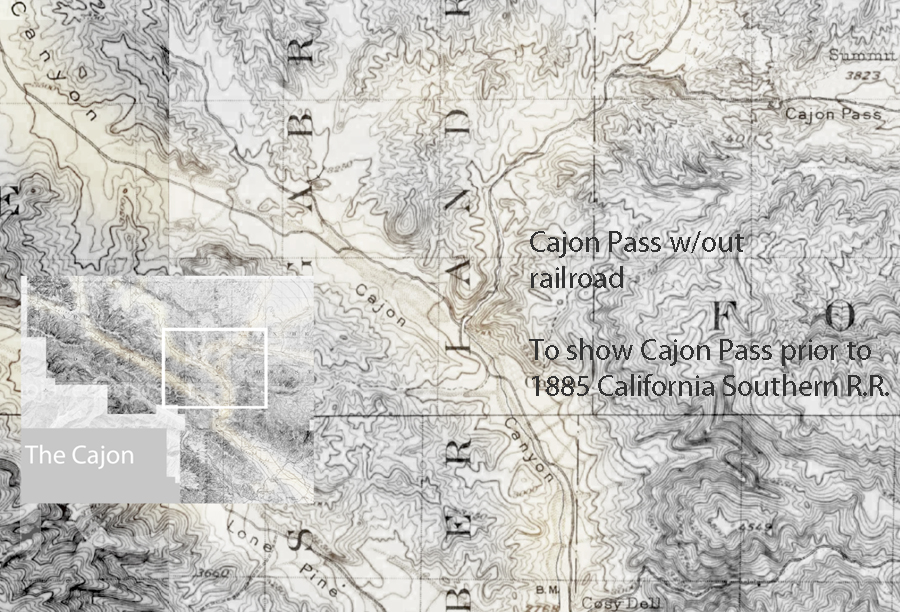
Cajon 1901 base map not showing California Southern Railroad (A.T.&S.F.) constructed in 1885.
Effectively shows the canyon as far back as 1857 when the Sanford Pass was carved into the mountain.
Sanford Pass
https://digital-desert.com/sanford-pass/
Documentation compiled after 1968 (see full notes below gallery)
Air Force Rocket Propulsion Laboratory (site)
Significance: Since its inception, the AFRL has been devoted to the advancement of rocket technology in support of U.S. military weapons and space flight superiority. Unlike any other facility associated with rocket systems research, design, testing, and evaluation (RDT&E), the AFRL provided facilities for all aspects of systems development and supported some aspect of the evolution of each of the significant rocket and missile systems developed between the Cold War era and the present.
Test Area 1-100 played an exceptionally important role in the development of the Minuteman missile program and in the RDT&E of performing “hot-firings” from underground missile silos. Air Force engineers at the AFRL developed the technology for achieving a successful hot-firing and designed the first silo facility in the United States that could perform this function. The ability to hot-fire the Minuteman missile was one of its most influential features because it reduced the launch time to 30 minutes or less, which put the United States on par with Soviet launch capabilities.
Test Area 1-115 was the first testing facility constructed at the AFRL and was exceptionally important in the advancement of both Air Force and contractor testing and evaluation of four nationally significant missile programs and generations of intermediate rocket programs. Early tests at Test Area 1-115 of the rocket-assisted takeoff (RATO) system reflect the AFRL’s early association with the Air Force Flight Test Center, whereas later tests of the Atlas, Thor, Titan, and Bomarc programs illustrate the AFRL’s exceptionally important role in the advancement of the U.S. Cold War race for technological superiority.
Test Area 1-125 is a unique facility at the AFRL because it originally was built for and by the National Aeronautics and Space Administration (NASA) as the F-1 production test facility. Although NASA had other testing facilities across the United States, the ability to construct three test stands capable of testing engines with 2 million pounds of thrust and use the RDT&E facilities of the AFRL proved to be a valuable asset to the success of the Apollo/Saturn V program.
Test Area 1-120 provided the Air Force and industry with testing facilities that played an exceptionally important role in the advancement of nationally significant missile programs. Test Stand 1-A originally was constructed to accommodate a fully assembled Atlas intercontinental ballistic missile (ICBM). It supported that program until an accident damaged the stand’s superstructure. After the launch of Sputnik and the ensuing focus on the Apollo Saturn V program, new construction and existing facilities were turned over to NASA and Rocketdyne to perfect the E-1 and F-1 engines.
The superstructure of Test Stand 1-A was rebuilt to accommodate the Rocketdyne F-1 engine, which eventually propelled the Saturn V lunar rocket.-
Survey number: HAER CA-236- Building/structure dates: 1948-1967 Initial Construction
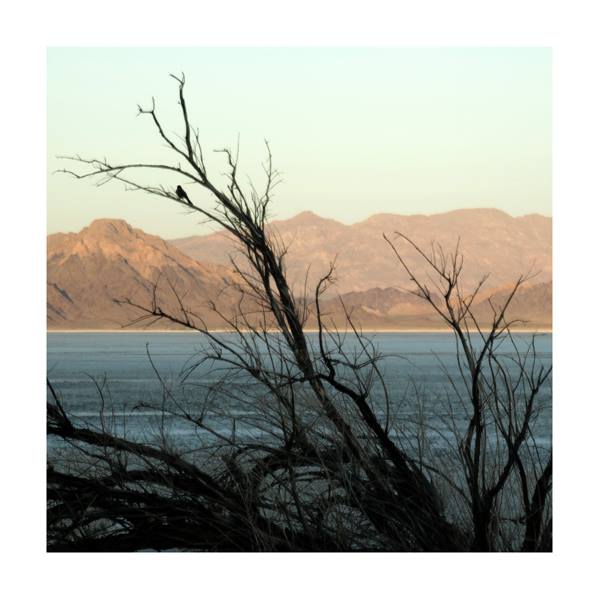
As I’m as tired as the weary wren
I watch him watch the sunset then
of a subtle nature the sweeping shadow grows tall
against the distant mountains & the evening will fall
silently we gaze across the gray salt plain
silently we wish of a subtle nature to remain
~